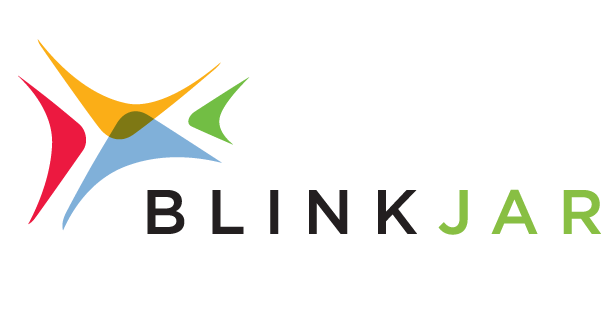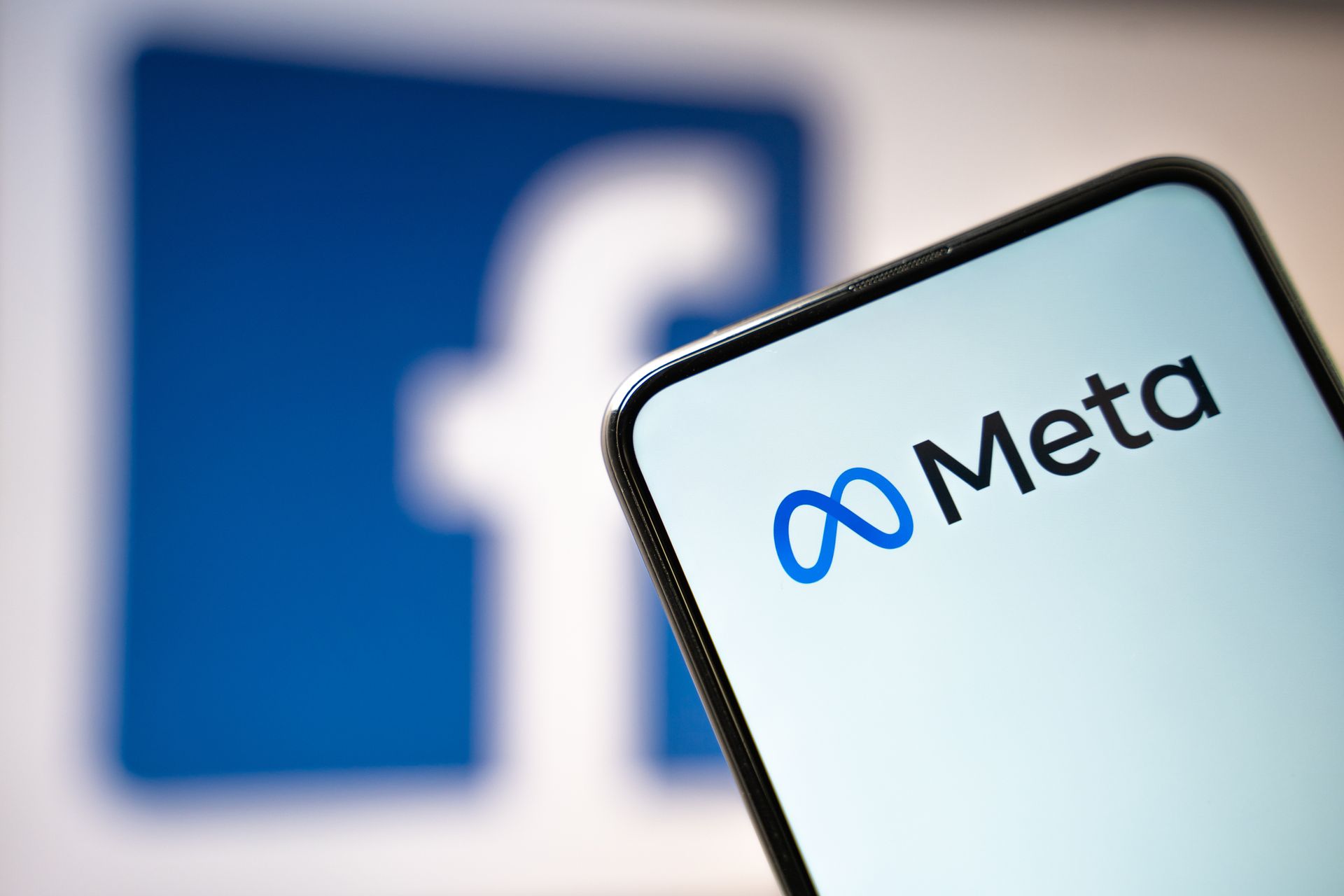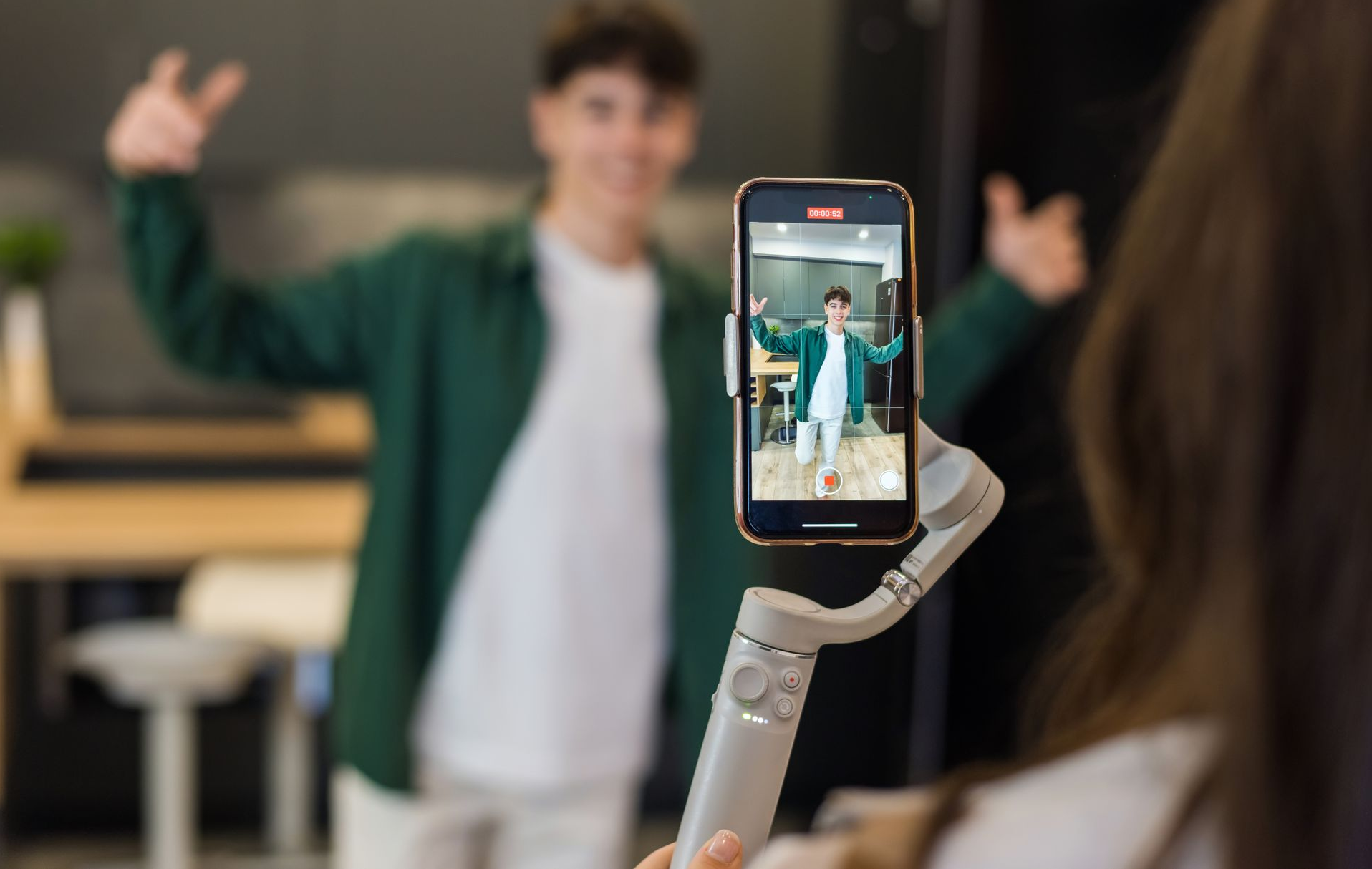How to Create a Content Calendar That Aligns With Your Business Goals in 2025
Hi everyone, Ashton here. I started at BlinkJar Media as an intern and now work full-time as a digital marketing specialist. One of the most rewarding parts of my role is content creation. It’s not just because I enjoy writing, but because I get to create content strategies that actually help clients grow.
When I first started, I found it challenging to choose topics that felt purposeful. It’s not as simple as picking what sounds interesting or timely. Writing effective content requires more than that. It takes time spent learning the client’s business, digging into their annual goals, and breaking those goals down into monthly timelines. One of the key questions I’ve learned to ask is “how can my work support what the business is focusing on over the next three, six, or twelve months?”
That’s where content calendars came in. Learning to build and use a content calendar helped me move from reactive writing to intentional planning. It helped me zoom out beyond just the next blog or social post and start thinking strategically about content across a full campaign or season. Since content calendars have played such a big role in how I approach strategy, I wanted to share what I’ve learned in case it’s helpful to your own marketing efforts.
Why Your Business Needs a Content Calendar
A content calendar does more than help your team meet deadlines. It provides your marketing efforts with a clear direction and enables your business to stay focused throughout the year. Instead of producing random or isolated content, a calendar helps you tell a connected story that aligns with your brand and goals.
For example, if you’re launching a new service, a content calendar allows you to map out a full campaign. You can write a detailed blog post that explains the service, follow it with social media posts featuring customer testimonials or behind-the-scenes content, and send a newsletter offering tips or exclusive deals. This type of strategy fosters consistency and ensures your message remains aligned across various channels.
I now have a better understanding of how to match content with seasonal trends and high-priority times for each client. For example, one of our clients in the home services industry experiences the most engagement during the spring and fall seasons. Planning ahead enables us to post the most relevant content at the time when it will have the greatest impact.
Steps to Build an Effective Content Calendar
1. Start with your company’s goals. Look at major campaigns, product launches, or events happening throughout the year. Planning content around these events keeps your messaging focused and intentional.
2. Set clear content goals. Decide what you want your content to achieve. Whether that’s increasing website traffic, generating leads, or improving brand awareness, having specific goals helps you prioritize your efforts and measure success.
3. Know your audience. Spend time learning who your audience is, what they care about, and where they spend their time online. This will help you choose the right topics and content formats, such as blog posts, videos, or social media updates, to effectively engage your audience.
4. Audit your existing content. Review what you already have to identify what performs well and where there are gaps. You may find opportunities to update or repurpose older content to better align with your current goals.
5. Create a realistic publishing schedule. One of my early mistakes was trying to do everything at once. A consistent publishing schedule helps avoid burnout, keeps your brand visible, and builds trust with your audience over time.
6. Stay flexible. Even the best plans can change. New trends, unexpected events, or opportunities may pop up. A content calendar gives you structure, but it also allows you to adapt without losing focus.
Optimizing Your Content Calendar for Local SEO in Baton Rouge
If your business targets a local audience, incorporating local SEO strategies into your content calendar is crucial. Here are a few ways to do that:
- Use local keywords naturally.
Words and phrases like “Baton Rouge” and other regional terms signal to search engines that your content is relevant to local searches. Use them in a way that feels natural and maintains good readability. - Share local stories and events.
Highlighting customer testimonials, community involvement, or local news helps connect your business to the Baton Rouge community and demonstrates that you are a trusted and engaged entity. - Match your content to local seasons and trends.
Creating content that aligns with what’s happening in your area helps your business stay relevant. For example, writing about flood preparation before storm season or covering major local events can help your content resonate more with your audience.
In my role, I’ve found that including local references not only improves SEO but also makes the content feel more authentic and engaging for both the client and their audience.
How BlinkJar Media Can Help You Build a Content Strategy That Works
Managing a content calendar involves more than just plugging dates into a spreadsheet. It takes time, strategy, and a deep understanding of your business goals. Between generating ideas, coordinating with your team, staying current with trends, and optimizing for search, content planning can quickly become overwhelming.
Many companies assume that tools like ChatGPT or Google Gemini will automatically solve all of their content creation challenges. While these AI tools can be helpful for brainstorming ideas or drafting first drafts, they are not a complete solution. They cannot fully connect the dots between strategy, organization, optimization, and the human insight needed to produce high-performing content. There is a major difference between a blog that supports business goals, resonates with your audience, and ranks well on search engines and one that is AI-generated without context or strategic alignment.
At BlinkJar Media, we help businesses eliminate the guesswork from content planning. We work with you to create a strategy that aligns with your business goals, fits your team’s capacity, and maintains a consistent brand voice across all channels. Whether you need help organizing your ideas, improving your local SEO, or giving your internal team more time to focus on other priorities, we’re here to make your content calendar a powerful tool that drives measurable results.
Need help creating your content calendar? Schedule
a free consultation to discuss building your 2025 content calendar and beyond.









